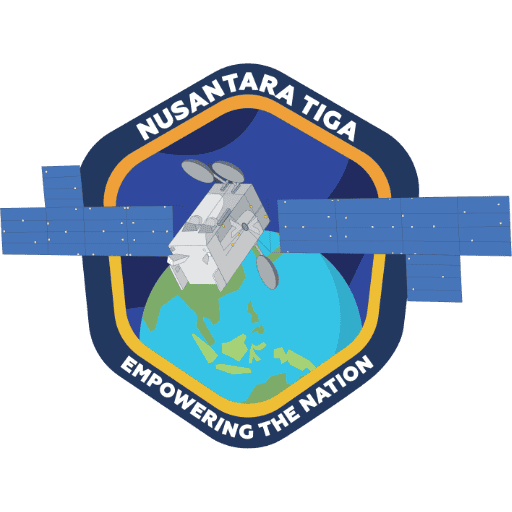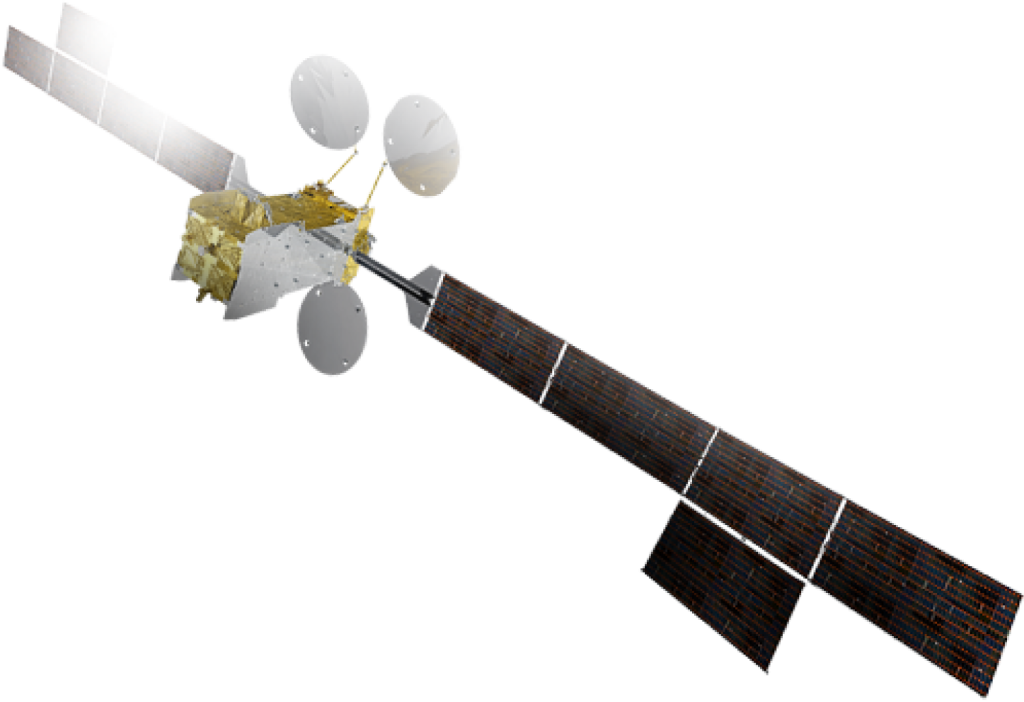




Nusantara Tiga has the capability to carry multiple transponders, enabling data access speeds of up to 150 Gbps, distributed across 116 beams across the country. Located at 146° east longitude, this multifunctional satellite will be the largest telecommunications satellite in Asia.

Electric propulsion technology can reduce the weight of a satellite by hundreds of kilograms during launch, while also saving fuel, resulting in a longer lifespan. Satria-1 has an operational lifespan of up to 15 years.
Primary Station Control Center (PSCC)
Network Operation Control (NOC)
Backup Station Control Center (BSCC)
The government, through the Ministry of Communication and Informatics (Kominfo), continues to accelerate the development of digital connectivity throughout the archipelago as a joint effort to build the foundation for digital transformation for the nation’s progress.

The Nusantara Tiga Satellite is a solution to reduce the gap in broadband internet access and bridge the digital divide, especially in remote, frontier, and outermost (3T) regions.

The Nusantara Tiga satellite, measuring 6.5 meters tall, will cover all of Indonesia, with a total coverage area of 116 internet-accessible spot beams.

SNT is collaborating with French satellite manufacturing company Thales Alenia Space to begin construction in 2019.

11 Earth Stations are prepared as communication links with the Nusantara Tiga Satellite located in Batam, Cikarang, Banjarmasin, Pontianak, Tarakan, Manado, Kupang, Ambon, Manokwari, Timika and Jayapura.

The Nusantara Tiga assembly is a collaboration between Indonesia and world-class satellite manufacturing companies, namely Thales Alenia Space from France and SpaceX as the manufacturer of the Falcon 9 rocket launcher.

Strengthening and expanding digital connectivity will significantly improve access to quality education and health services, while reducing economic and infrastructure disparities, which are part of the sustainable development goals.
